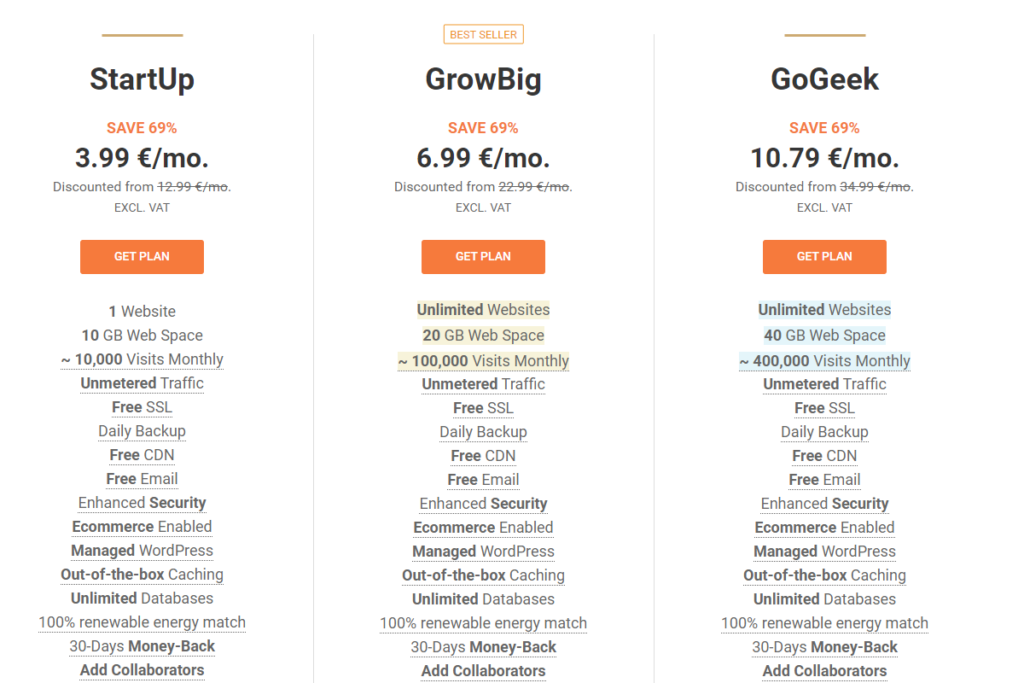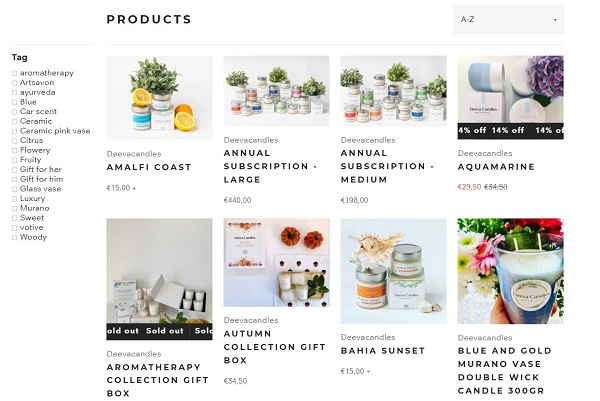One of the most important aspects of running a successful company is to stay on top of your competitors.
This means knowing what they are doing, how their prices compare with yours and being aware of any promotions they are currently running.
One way you can get this information is by looking at their website – but there are other ways too!
In this article, we will cover 7 different methods for finding a competitor’s pricing so that you can know exactly where you stand against them.

(Image Source)
How to find Competitor Pricing?
Here are the 7 best ways to get your competitor’s pricing:
- Find pricing on your competitor’s website
- Search the web, forums, facebook, online communities
- Check government and other public records
- Visit the competitor’s store (physical and online)
- Check Industry Reports
- Ask Partners, Resellers, Distributors
- Ask Customers
Let’s look closely at each of these.
1. Find pricing on your competitor’s website
The most obvious way to find out your competitor’s pricing is by looking for it on their website.
Most companies who sell products will list product prices on their website.
For instance, here are the prices from the web hosting company Siteground.

Scented Candle company Deeva Candles lists its prices on its website.

However, keep in mind that the prices shown on a company’s website are usually list prices and may not be what they actually charge their customers. For instance, you may not know about customer-specific discounts, volume discounts, reseller prices, etc.
To get more accurate pricing information, you’ll need to dig deeper.
2. Search the web, forums, facebook, online communities
You can often find more detailed and useful pricing information on third-party websites like Facebook groups or specialized forums that discuss topics related to your industry.
A customer might mention how much they paid for a product or service. Disgruntled customers sometimes leave comments about a product and how much they paid for it.
Just remember again though of how important it is not to rely solely on the information you find online. Always investigate and confirm this data by other means.
3. Check government and other public records
Governments in many countries are required by law to publish (or make available if requested) information about tenders made for government Requests for Proposals.
After a contract is awarded, this information can include pricing information of all bids received.
Some governments require their suppliers to openly publish negotiated prices online.
If your competitor sells to the United States government, it’s likely that their pricing is listed on the GSA website.
4. Visit the competitor’s store (physical and online)

One of your most reliable resources for finding prices of competitive products is by visiting local stores and competitors’ physical locations.
This is especially helpful if you are looking for information about consumer products and services. You can see first-hand what products are being offered, how they are being presented, how they are priced, as well as quotes or information about upcoming sales or discounts from employees who are working at the store or customer location.
5. Check Industry Reports
Industry reports are created by companies that specialize in compiling data about businesses in a specific industry. These reports are usually available for sale and can often be a great source of competitor research – including competitor pricing!
So, to get your hands on information not just of your competitor’s prices but also their general strategy and trends in your industry, make sure to check out what these third-party reports have to say.
6. Ask Partners, Resellers, Distributors
You and your competitors may share partners, resellers, and distributors and so these can also be a source of competitor intelligence.
Even though they might be restricted by non-disclosure agreements, asking them about pricing can be an effective way to find out what you should be charging for your own products or services. This can be an indirect way of finding out your competitors’ pricing.
Additionally, partners and resellers can have the opportunity of sharing with you how much profit margin they are making by working with you as compared to your competitors.
This information can be really insightful as it can help you adjust your prices to remain competitive in the market.
7. Ask Your Customers
Finally, don’t forget the most valuable resource of all when it comes to finding competitors’ pricing – your customers!
You’ll be surprised how many customers are willing to share one supplier’s prices with another. And they often have a very good reason to do this: They want all suppliers to compete with each other on price and so that they can get the best possible deal.
And when customers are contractually prevented from disclosing prices, they still find a way to give hints – enough for you to know where your pricing stands vis-à-vis that of your competitor’s.
Customers will also have an idea of what services or products they’ve purchased from your competitor in the past and how much they paid for them.
So even if a customer doesn’t purchase from your competitor anymore, they could still provide you will valuable information on competitor pricing. This information can help to give you a general idea of where to start when it comes to adjusting prices for your own products.
Summary
In conclusion, there are many different ways in which you can find pricing information for your competitors’ products.
Utilize as many of these methods as possible so that you can have a well-rounded understanding of what they are really charging.
And don’t rely on just one source. Confirm any data from a source by other means before making any decisions about the pricing of your own products.
Thank you for reading! We hope this information was helpful. 🙂
